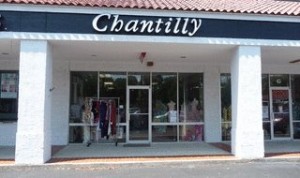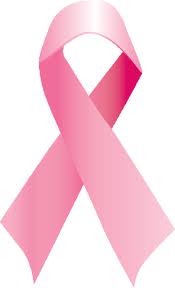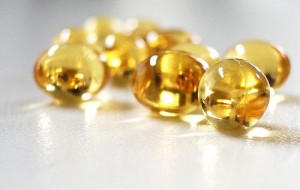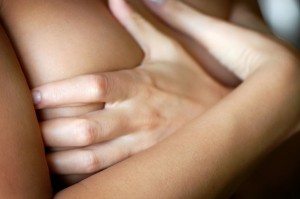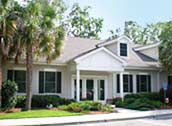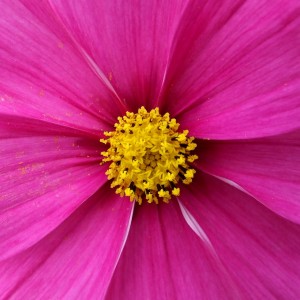Happy Halloween, from all of us here at The Center for Natural Breast Reconstruction! In the spirit of the season, we’ve compiled Charleston’s most delectable shops where you’re sure to find a holiday indulgence for yourself or for trick-or-treaters!
Robot Candy Company: If you have young children or grandchildren, nieces or nephews, treat them to a trip to Robot Candy Company on 322 King Street this Halloween. With toys and sweets galore, you’ll be hard-pressed to find a place that sings more to a child’s heart. You can even pick up a little candy for yourself!
Charleston Candy Kitchen:Looking for a little something to pass out to your neighborhood trick-or-treaters? Check out Charleston Candy Kitchen. Though the shop is renowned for its homemade taffy, it’s also lined with shelves and barrels of colorful serve-yourself candy. They even have caramel-dipped apples, hand-dipped berries and nuts, truffles, and gelato. Stop by 32 North Market Street and discover the spoils for yourself!
Kilwins Chocolates:Chocolate, toffee, caramel, saltwater taffy, brittle, and fudge—if you can crave it, Kilwins Chocolates has it! Since 2001, this little chocolate and ice cream shop on 59 South Market Street has been innovating new ways to make our mouths water! For a seasonal treat, try the pumpkin ice cream, pumpkin walnut fudge, or Kilwins Tuttles, a rich concoction of chocolate, caramel, and your favorite nut!
- Christophe Artisan Chocolatier-Pâtissier: Christophe Paume is a third-generation French chocolatier, who grew up in his father’s pâtisserie in Toulouse, France. Alongside his father, he learned to create artisan chocolates that are just as beautiful as they are delectable. The French chocolatier showcases his artistry on 90 Society Street in Charleston, where you can check out the array of hand-painted truffles, chocolate bars, chocolate sculptures, and chocolate orange peels—your sweet tooth will thank you!
- Market Street Sweets: On 100 North Market Street in Charleston, you’ll find all the treats you could dream of for the spooky season. Try their Pumpkin & Pumpkin Pecan Fudge, Fall Chocolate Caramel Apples, or Pumpkin Pralines! One thing’s for sure: you won’t leave this sweet shop empty-handed!
What is your favorite Halloween treat?


